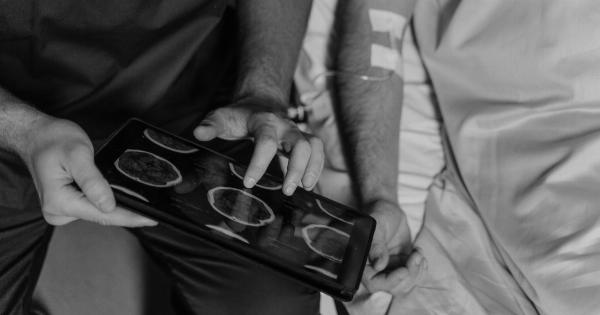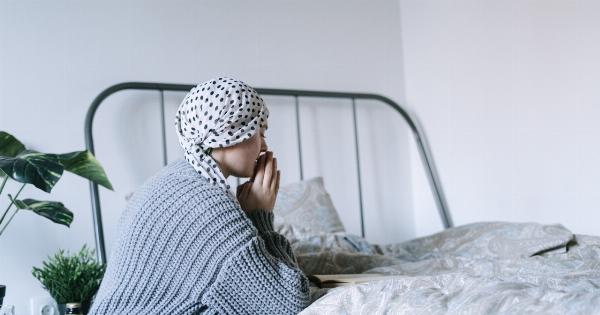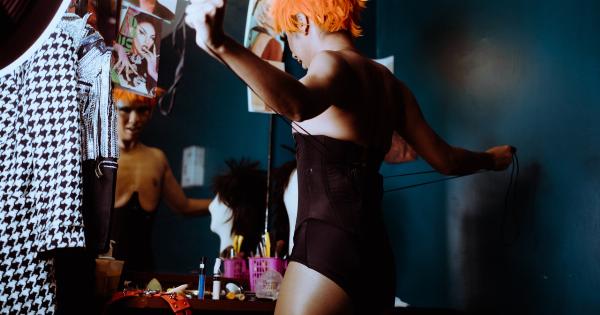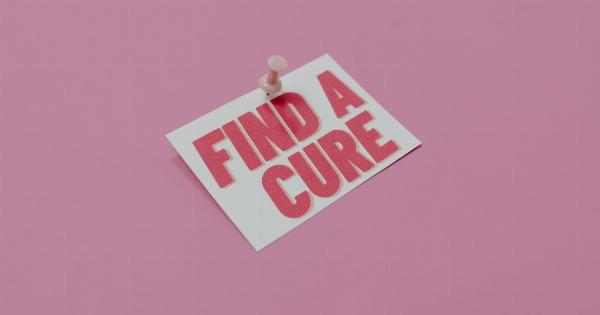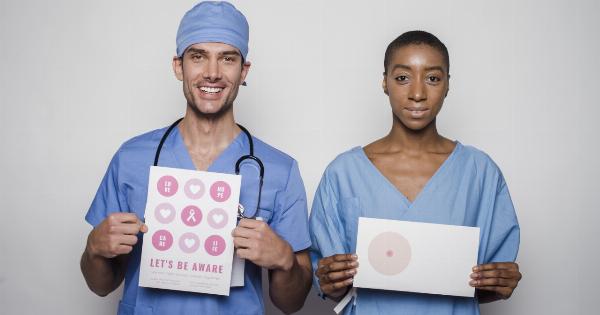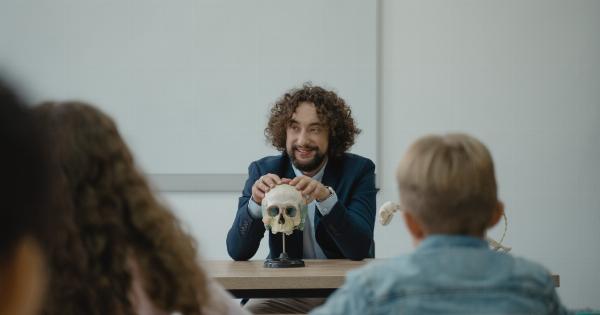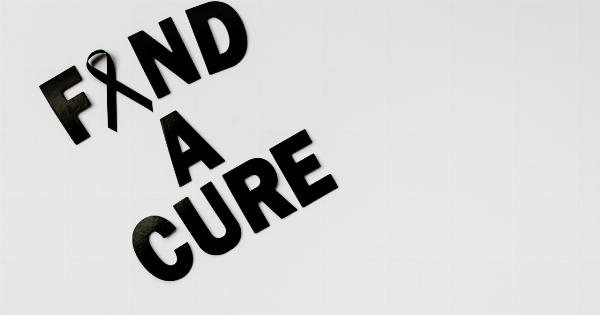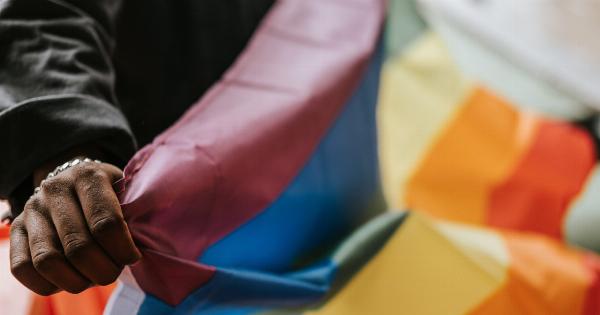Breast cancer is often perceived as a disease that primarily affects women. However, many people are unaware that breast cancer can also occur in men.
While it is much less common, men who are diagnosed with breast cancer face unique challenges and obstacles. In this article, we will explore the experiences of men suffering from breast cancer, as well as showcase stunning photos that shed light on their journeys.
The Reality of Male Breast Cancer
Male breast cancer accounts for less than 1% of all breast cancer cases, but that does not diminish its impact on those affected.
The American Cancer Society estimates that in 2021, around 2,650 new cases of invasive breast cancer will be diagnosed in men, and about 530 men will die from the disease. These statistics emphasize the importance of raising awareness about male breast cancer and providing support for those affected.
Signs and Symptoms
Similar to breast cancer in women, the signs and symptoms of male breast cancer include:.
- A lump or swelling in the breast or underarm area
- Nipple retraction or indentation
- Redness or scaling of the nipple or breast skin
- Discharge from the nipple
If any of these symptoms are present, it is crucial to consult a healthcare professional for further evaluation and diagnosis.
Risk Factors
Several factors can increase the risk of developing breast cancer in men:.
- Age: The risk increases with age, typically peaking between 60 and 70 years old.
- Family History: A family history of breast cancer, both in male and female relatives, can raise the risk.
- Genetic Mutations: Inherited gene mutations like BRCA1 and BRCA2 can increase the risk of breast cancer in both men and women.
- Exposure to Estrogen: Certain medical conditions or medications that increase estrogen levels can elevate the risk.
Debunking Stigma and Raising Awareness
Unfortunately, men with breast cancer often face social stigma and misconceptions surrounding their diagnosis. The notion that breast cancer only affects women can lead to delayed diagnosis, inadequate support, and isolation.
By showcasing stunning and empowering photos of men affected by breast cancer, we aim to challenge societal norms, debunk stereotypes, and ignite a conversation about the importance of gender-neutral awareness and support.
Treatment Options
The treatment approach for male breast cancer is similar to that for women and primarily depends on the stage and characteristics of the cancer. The most common treatment options include:.
- Surgery: Mastectomy (removal of the breast tissue) or breast-conserving surgery.
- Chemotherapy: The use of drugs to destroy cancer cells.
- Radiation Therapy: High-energy rays are used to kill cancer cells.
- Hormonal Therapy: Medications that reduce the level of estrogen in the body or block its effects, depending on the type of breast cancer.
Survivor Stories
Behind every diagnosis, there is a courageous individual fighting their battle against breast cancer. In this section, we share the powerful stories of male breast cancer survivors through stunning photographs and personal narratives.
These stories serve as a reminder of resilience, hope, and the importance of early detection and support.
The Role of Support and Awareness
Support groups, organizations, and communities play a crucial role in providing resources and emotional support to men suffering from breast cancer.
By raising awareness and redirecting gender-specific narratives surrounding breast cancer, we can help men feel seen, heard, and supported throughout their journey.
Advocacy for Change
Advocacy for change is necessary to improve the lives of men affected by breast cancer.
By speaking up, spreading knowledge, and demanding equal opportunities for diagnosis, treatment, and support, we can work towards a future where no one feels isolated or stigmatized due to their gender and breast cancer diagnosis.
Conclusion
Male breast cancer may be rare, but its impact on those affected is significant.
By shedding light on the experiences of men suffering from breast cancer and showcasing stunning photos capturing their resilience, we aim to raise awareness, debunk myths, and create a supportive community for all individuals impacted by this disease. Let us stand together and break the barriers that prevent early detection, adequate support, and gender-neutral awareness.

